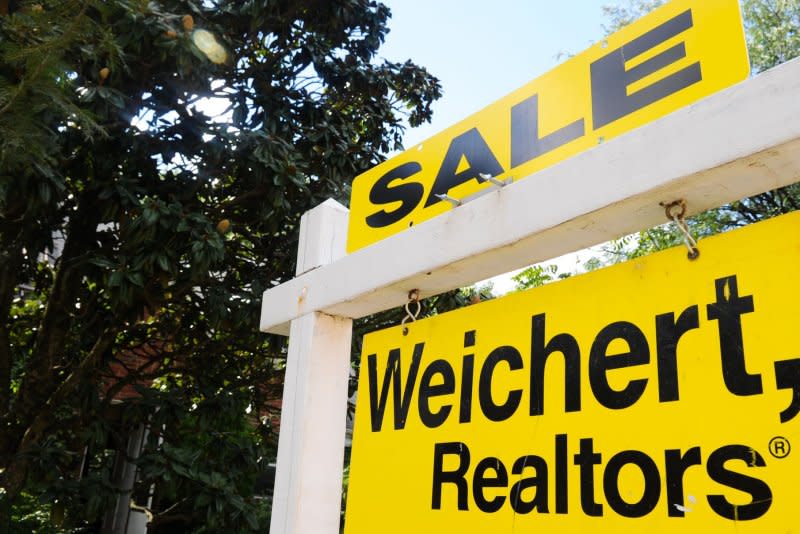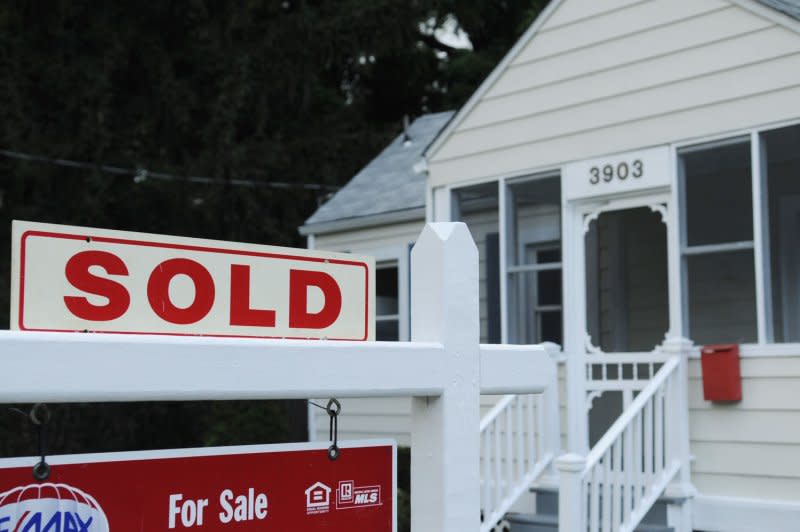U.S. mortgage applications dip as lending rates approach 7% for a 30-year loan

Aug. 2 (UPI) -- An increase in lending rates led to a decline in the number of applications for a loan to purchase a home, the Mortgage Bankers Association said Wednesday.
The association reported a 3% weekly decline in mortgage applications during the seven-day period ending July 28. Joel Kan, the vice president and deputy chief economist at the MBA, attributed the decline to a spike to 6.93% for the average rate on a fixed-term, 30-year mortgage.
"The decline in purchase activity was driven mainly by weaker conventional purchase application volume, as limited housing inventory and rates still close to 7% are crimping affordability for many potential homebuyers," he said.
Lending rates have increased in line with policies at the Federal Reserve meant to make borrowing prohibitive enough to curb demand and support a contraction in inflation.
The Fed increased its lending rates by another 25 basis points last month, moving the range to a 22-year high. As it continues to monitor inflation, there's a possibility of yet another interest rate hike ahead.

The Fed said it will "continue to assess additional information and its implications for monetary policy."
The Personal Consumption Expenditures price index, one of the Fed's preferred gauges of inflation, increased by 3% over the 12-month period to June, a slowdown from the 3.8% reported year-on-year to May.
So-called core PCE, which strips out volatile food and energy prices, showed a 4.1% expansion year-on-year to June, lower than the 4.6% annual reading to May and slightly better than analysts expected.
Both figures are net positive, however, for a Fed working to cool the economy. Both figures, meanwhile, remain above the Fed's goals.

